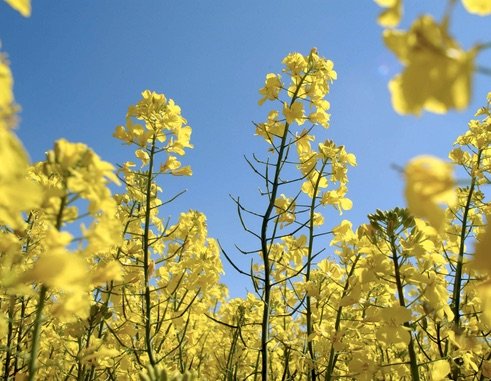AWB - Spring days getting longer, but the weather risks remain
- By: "Farm Tender" News
- Cropping & Grain News
- Sep 09, 2022
- 437 views
- Share

By Angus Groves - AWB
Spring Spring has officially sprung around New South Wales with flowers bursting everywhere across the state.
Early canola crops in many of the northern districts have started to lose flowers on the top of the canopy, which is a sure sign that harvest isn’t too far away.
These early crops however are in stark contrast to the later sown canola, which is still growing and will not start flowering until there is some increased warmth and development. The later crops are benefitting from the cool and wet start we’ve had in September so far, but too much rain without sunshine and we will see these prospects dissipate quickly.
This might raise concern from many, with the Bureau of Meteorology (BOM) and other major international models predicting a strong chance of a return to La Nina conditions later this year. Many weather forecasters are predicting these conditions to become stronger in October/November. This could be seen as a positive for the later sown crops, but hugely worrying for the vast majority of the crop sown in the optimum window of April/May.
The secondary weather driver at play is the negative Indian Ocean Dipole (IOD), which has been negative for most of the winter months.
With these two key drivers at play over the Spring months and the ground already saturated, there remains a huge risk for all broadacre crops in Australia as the temperatures begin the warmup.
On the marketing front, the weather also continues to be a huge focus across the globe with the Pro Farmer Crop Tour taking place in late August. This crop tour aims to provide the agriculture industry with accurate growing season information about the likely corn and soybean production at the state and regional levels for the current season.
There were some surprises to the forecasted corn yields after the tour reported an average yield estimate of 168.1 bushels per acre or 11.3mt/ha. Whilst the latest USDA yield estimate was 175.4 bushels per acre or 11.8mt/ha. This difference of 0.5mt/ha in yield equates to over 16 million tonnes of corn production potentially at risk if the Pro Farmer yield estimate is correct.
This uncertainty has sown the sense of doubt across the market, with corn continuing to struggle in some states through torrid drought like conditions. However, those in the bearish camp continue to digest the ever-present threat of global recession and a slowdown of growth in China.
Whatever the case may be with final yields across the globe, we cannot afford many more production issues whilst the Black Sea region isn’t exporting at full capacity. So far, the market seems comfortable that grains and oilseeds will continue to flow out of the Black Sea ports without interruption. Although, to date, the sheer volume of product that has safely left the country is too small to meet the USDA’s projections for Russia and the Ukraine, which means other countries will have to pick up the slack. Still a lot of water to go under the bridge before this marketing year is out.










Share Ag News Via